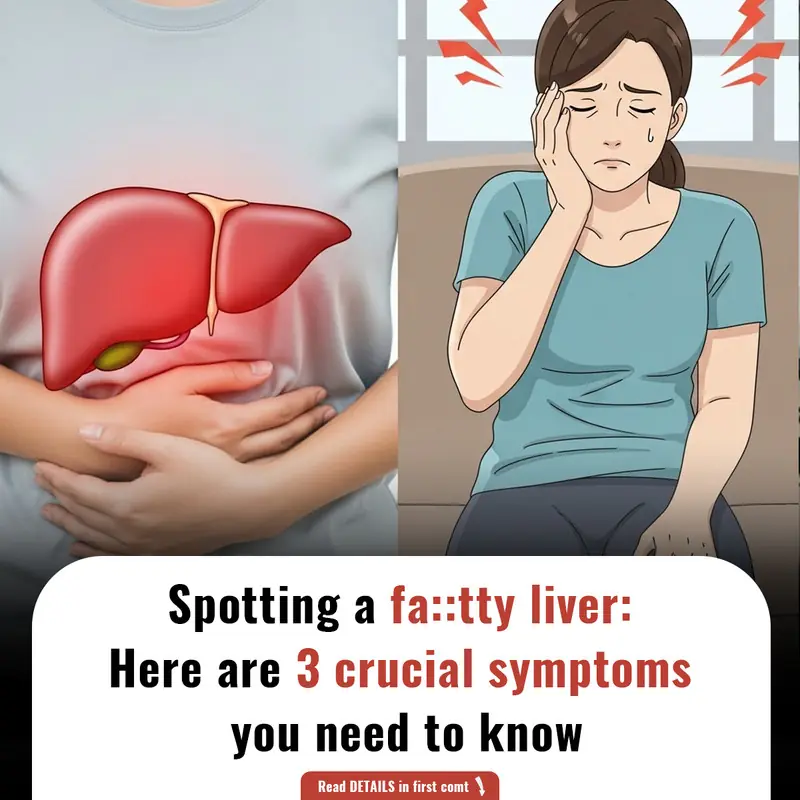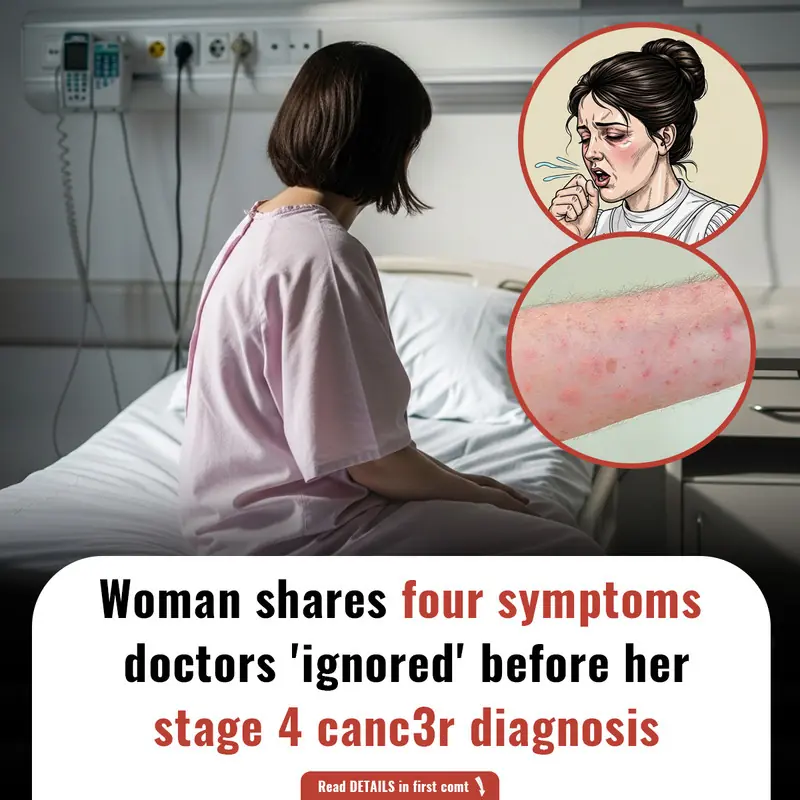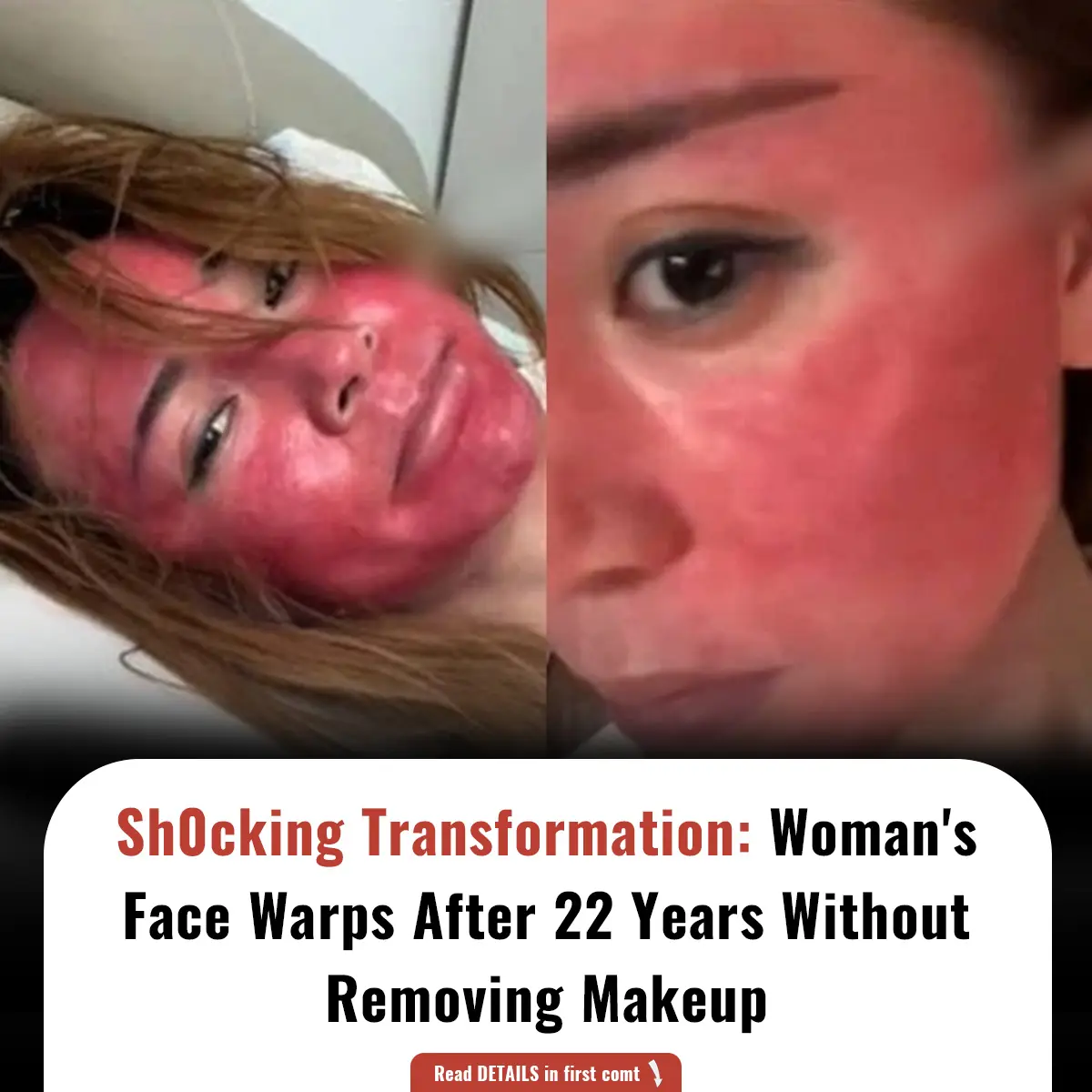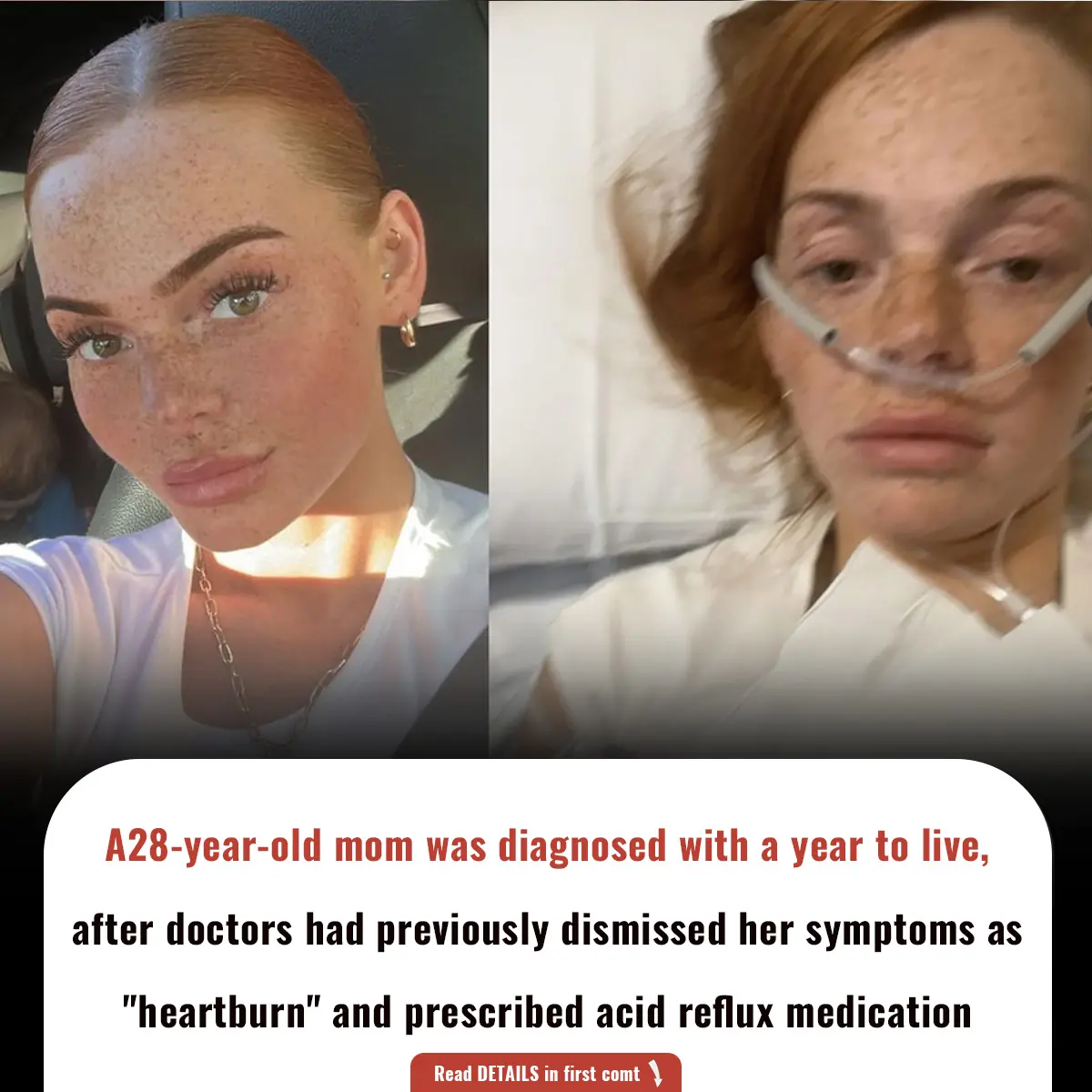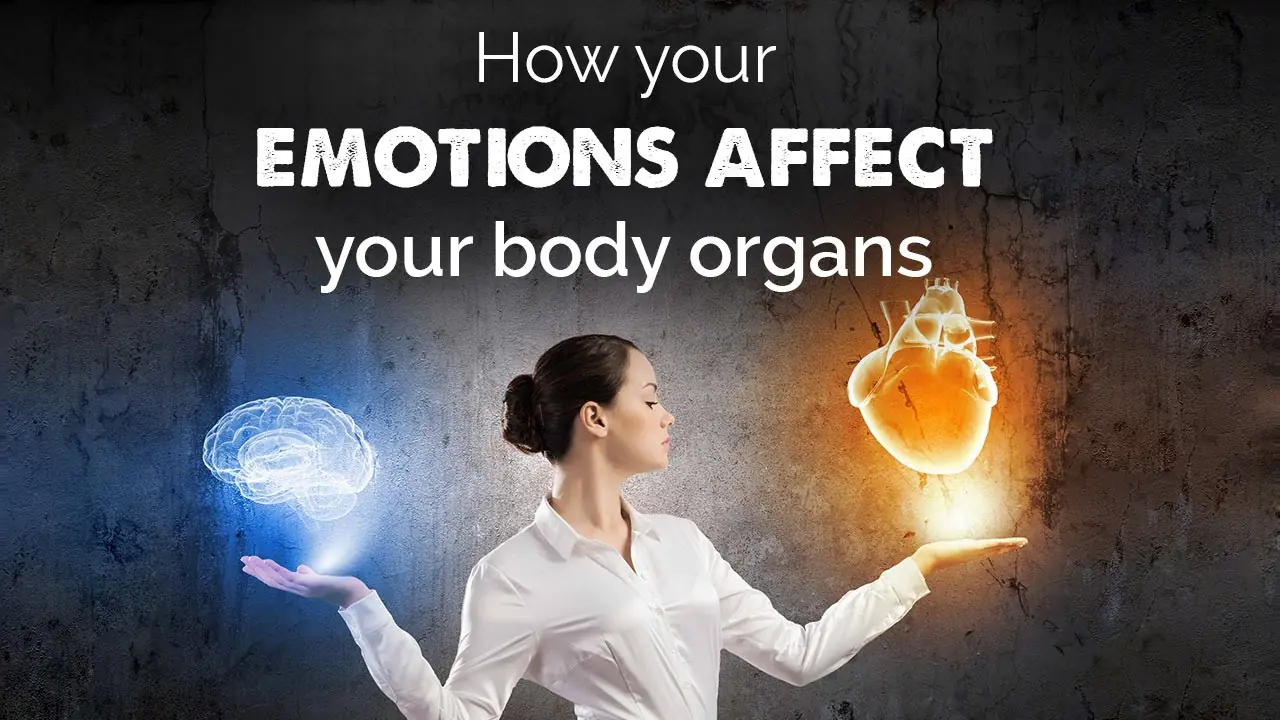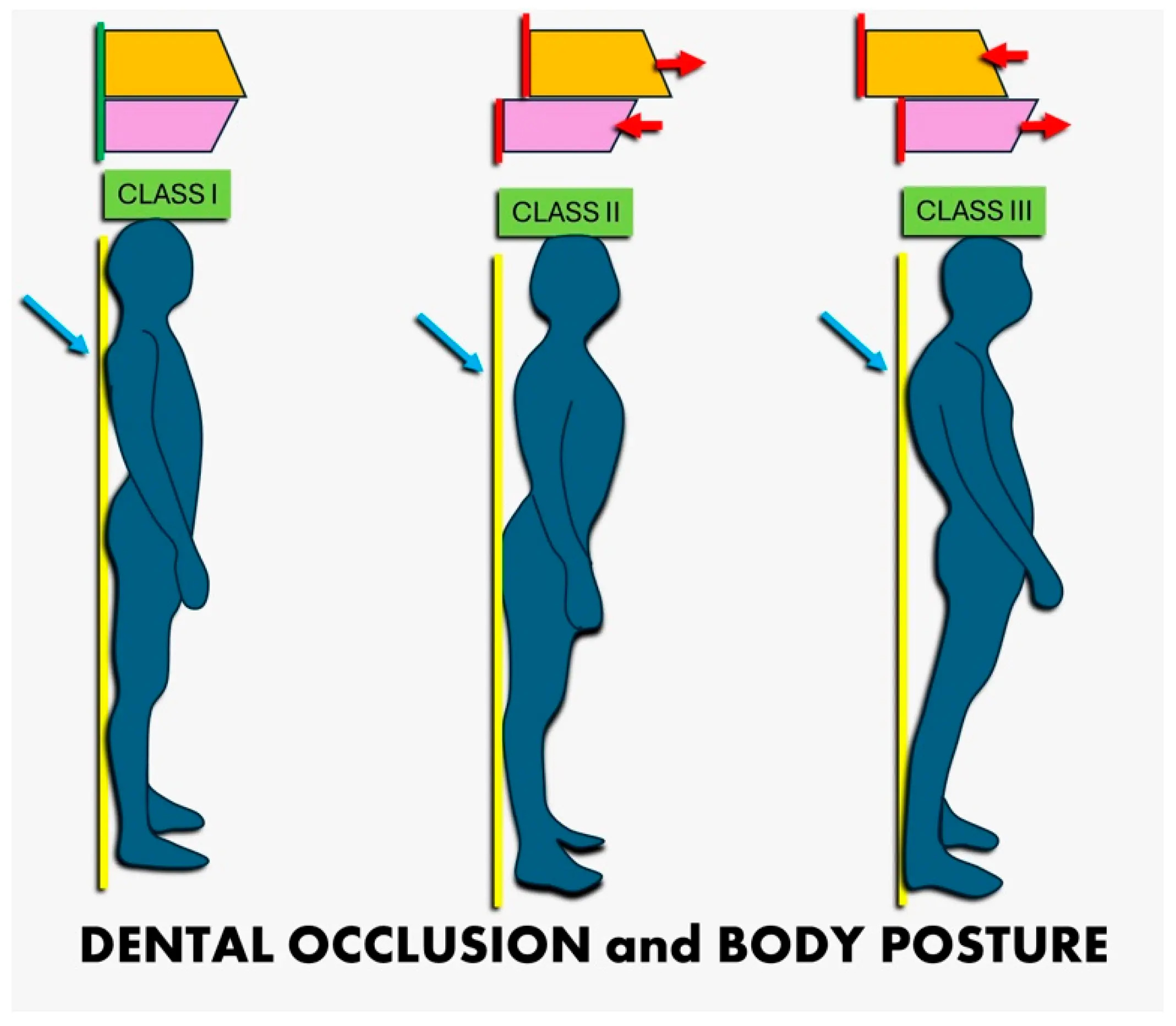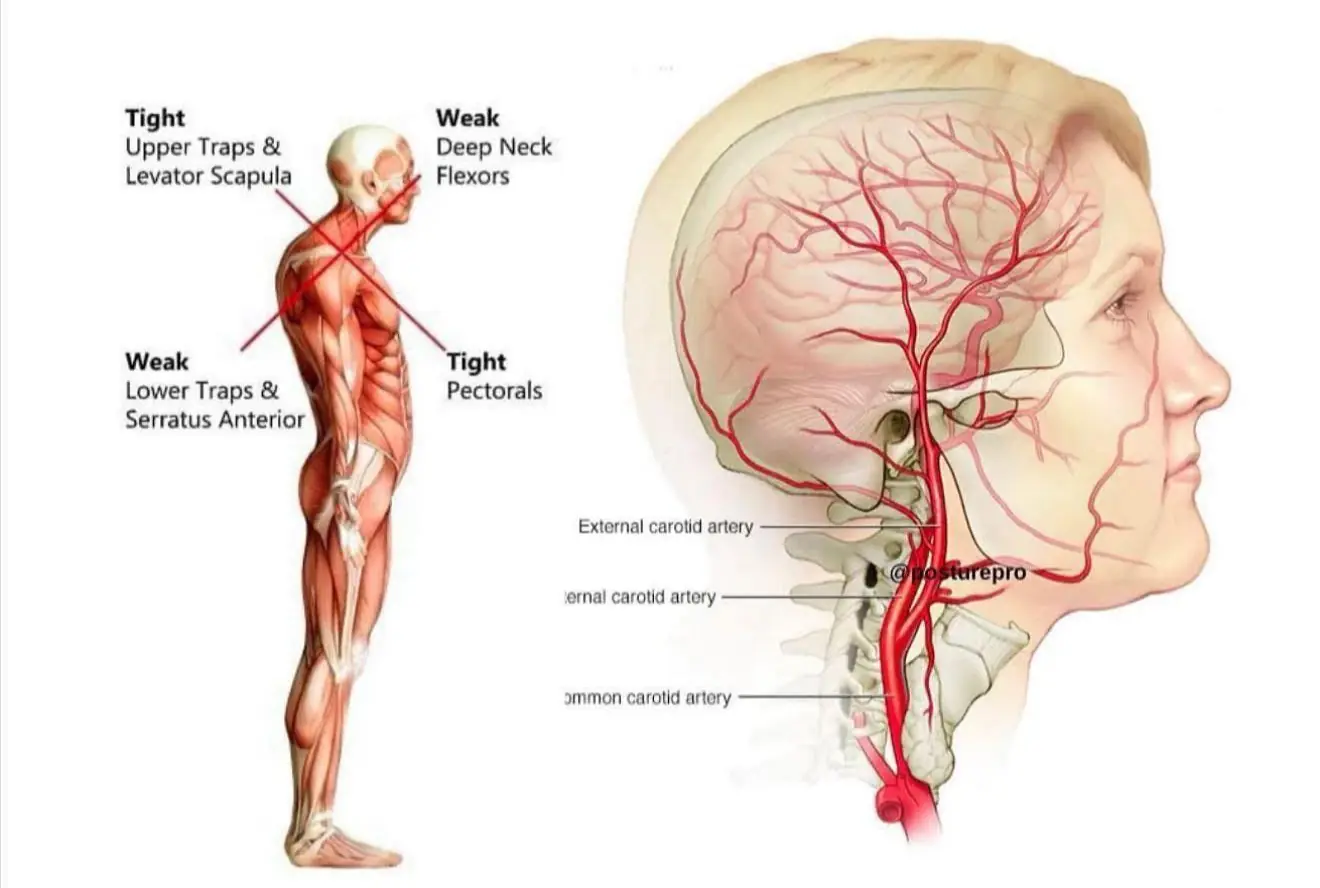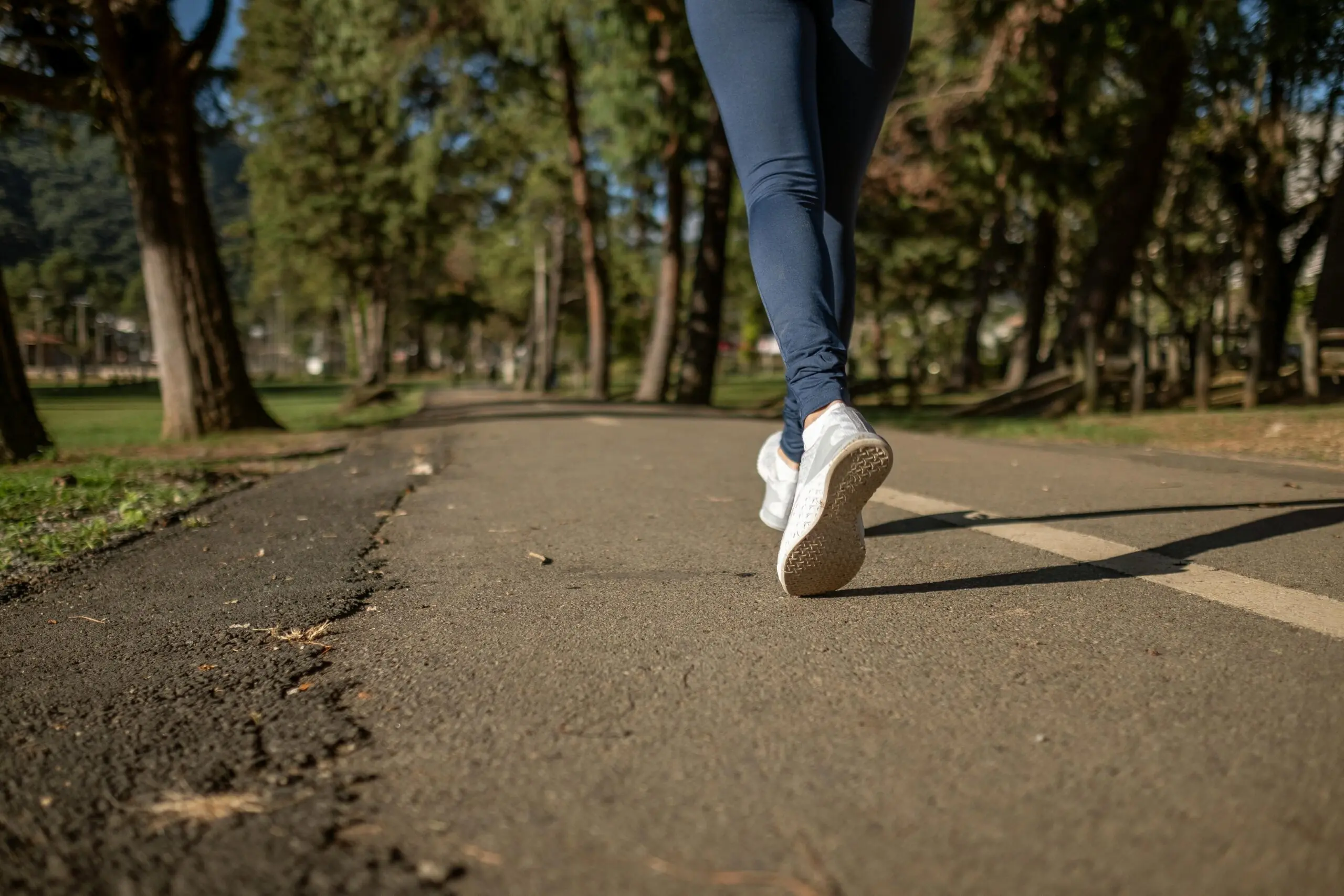5 Signs of Vitamin D Deficiency That Show Up on Your Skin and Legs

Often called the “sunshine vitamin,” vitamin D is vital for maintaining overall health — from supporting strong bones to bolstering your immune system. Yet, despite its crucial role, vitamin D deficiency is alarmingly widespread, affecting around 1 billion people globally. In some communities, nearly half the population may be running low on this essential nutrient.
One of the lesser-known effects of low vitamin D is how it shows up on the skin and lower body. What might seem like ordinary dry skin or mild itching could be an early indicator of a more serious problem. Recognizing these signs early can help you take proactive steps toward better health.
Here are five skin and leg symptoms that may point to a vitamin D deficiency:
1. Delayed Healing of Wounds
If you’ve noticed that cuts, scrapes, or bruises seem to hang around longer than they should, low vitamin D might be the culprit. This nutrient plays a key role in cell regeneration and tissue repair, helping the body form new layers of skin. Studies have shown that insufficient vitamin D levels can hinder healing, and may even increase the risk of infections in open wounds due to a slowed immune response.
2. Persistent Itching or Dryness
That annoying itch you keep attributing to a new soap or lotion might actually be a sign of chronic vitamin D deficiency. This vitamin supports the skin’s moisture barrier, helping it retain hydration and defend against irritants. Without it, skin can become dry, flaky, or inflamed, and conditions like eczema may worsen. If you're experiencing ongoing itchiness — particularly without an obvious cause — it’s worth discussing with a healthcare professional.
3. Lifeless or Pale-Looking Skin
Healthy vitamin D levels contribute to a vibrant skin tone, in part by influencing melanin production. A deficiency may lead to dull, ashy, or unusually pale skin, especially in individuals with limited sun exposure or naturally darker skin tones, who are at greater risk of low vitamin D. Though subtle at first, this change in skin appearance can become more noticeable over time.
4. Aching Legs and Muscle Weakness
Trouble standing up from a chair or climbing stairs may not just be aging — it could be a sign of vitamin D deficiency. This vitamin is essential for bone strength and muscle function. Low levels can lead to leg pain, particularly in the shins or thighs, and may cause overall muscle weakness. In severe cases, especially in children, it can lead to bone deformities like rickets or bowed legs.
5. Excessive Sweating
Sweating — especially from the scalp or forehead — can be an early and often overlooked sign of low vitamin D. While perspiration is normal, unusual or excessive sweating, particularly in cool environments or without physical exertion, might indicate a deficiency. Vitamin D is involved in regulating sweat gland activity, and when levels drop, this balance can be disrupted.
What You Can Do
To support healthy vitamin D levels, aim for moderate sun exposure, and incorporate vitamin D-rich foods like fatty fish (salmon, tuna, sardines), egg yolks, and mushrooms into your meals. Supplements may also be helpful for those with limited access to sunlight or dietary sources.
If you’re noticing any of these symptoms — especially more than one — it’s a good idea to consult a healthcare provider. Early detection and proper treatment can prevent more serious complications down the line.
Note: This information is meant for general awareness and should not replace personalized medical advice. Always speak to a qualified medical professional regarding health concerns.
